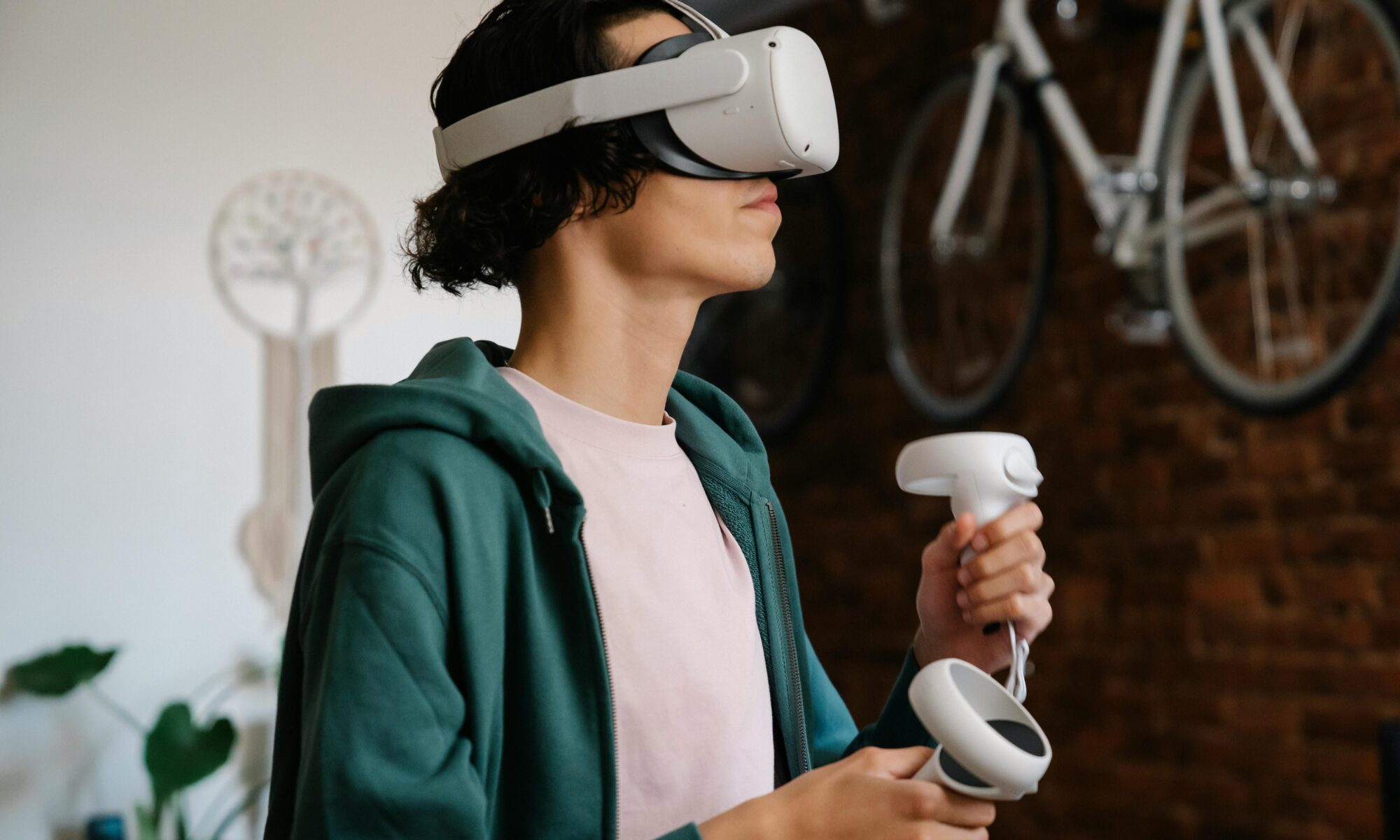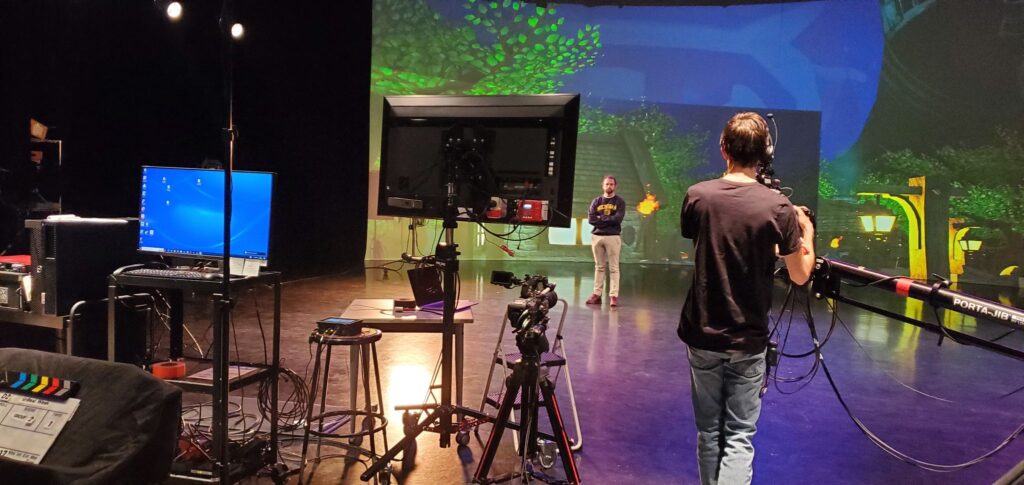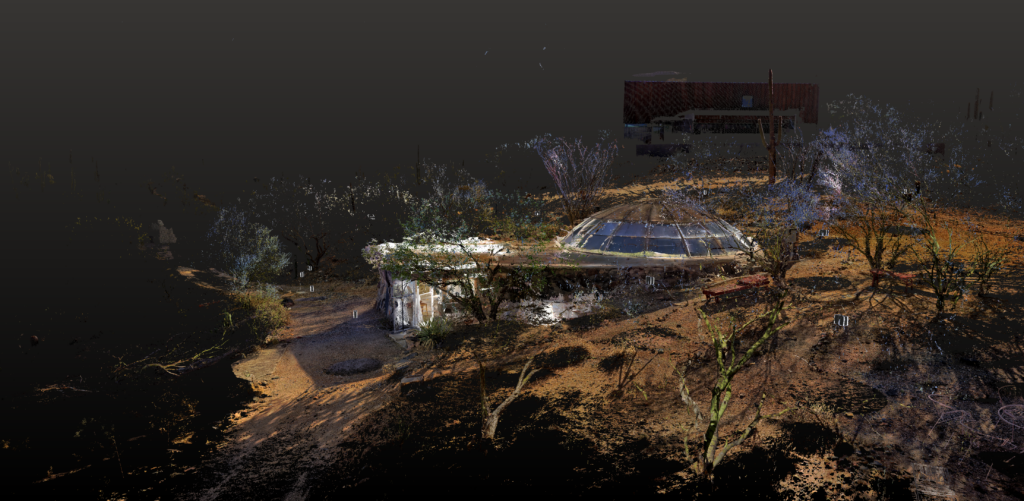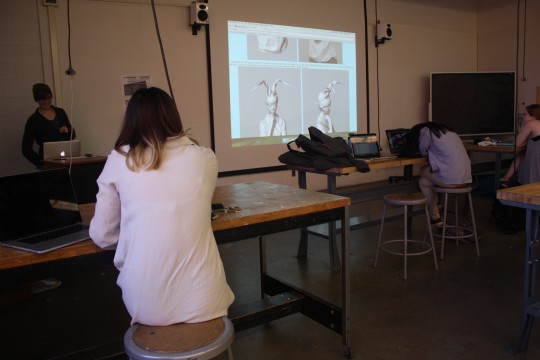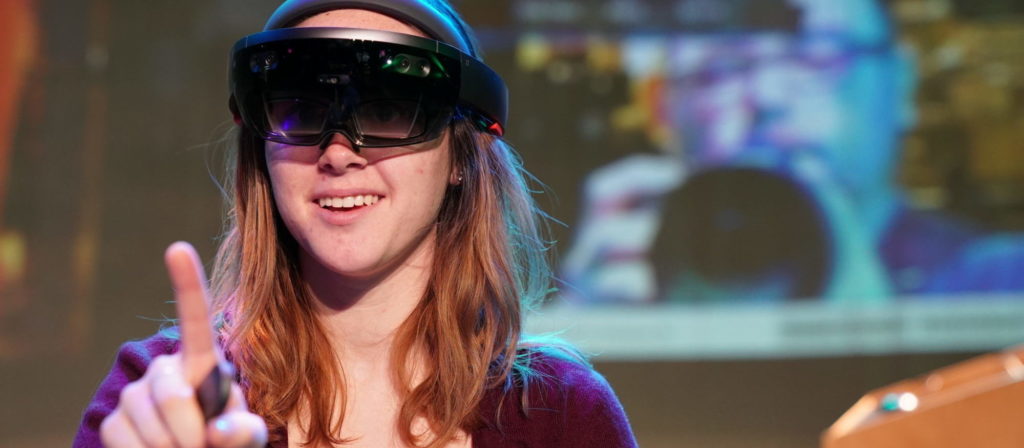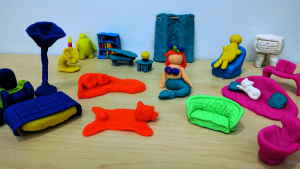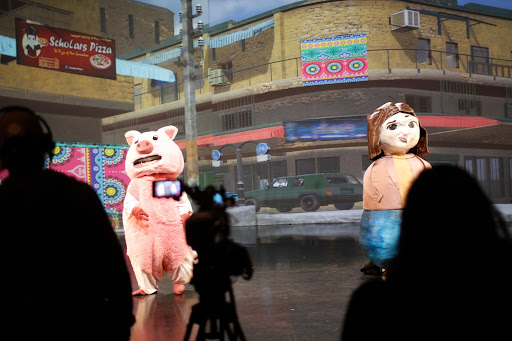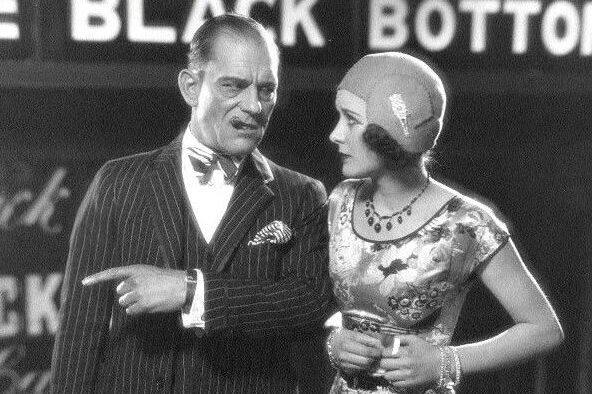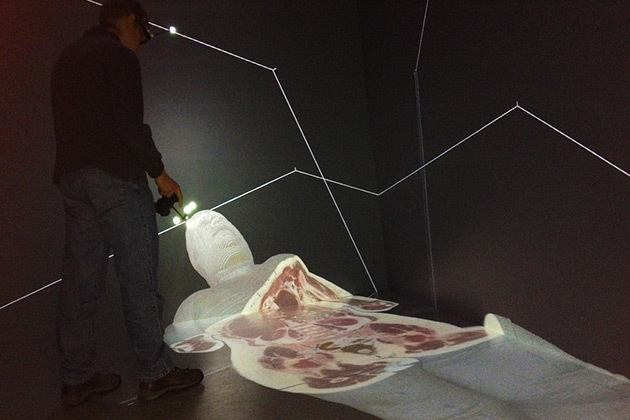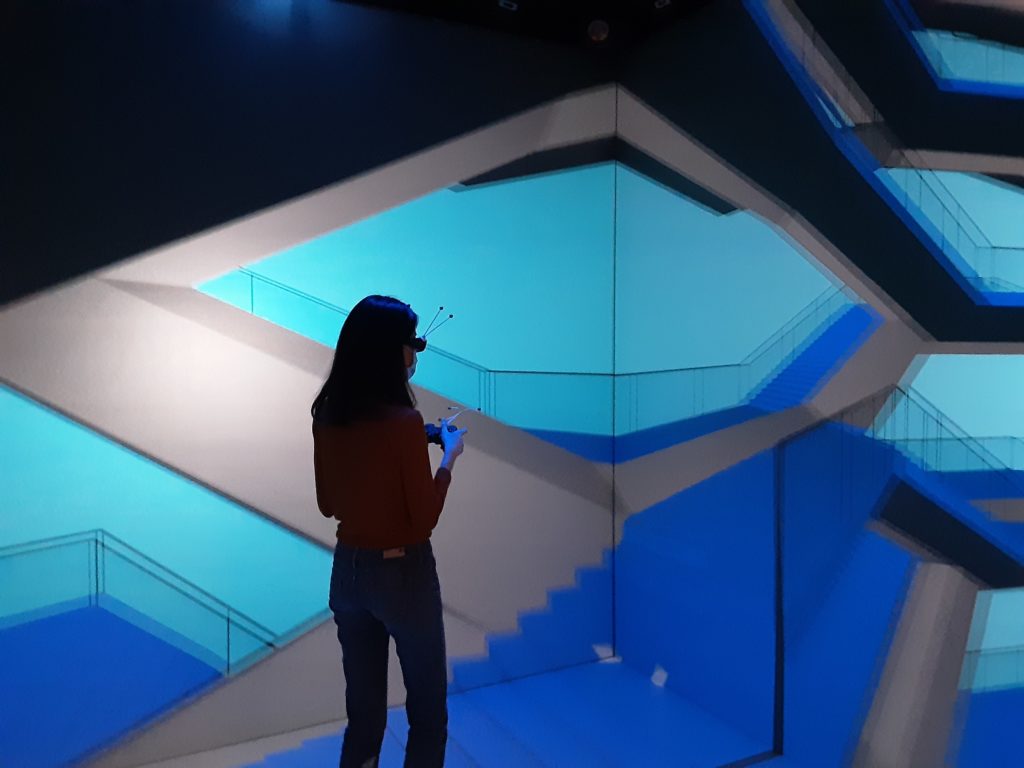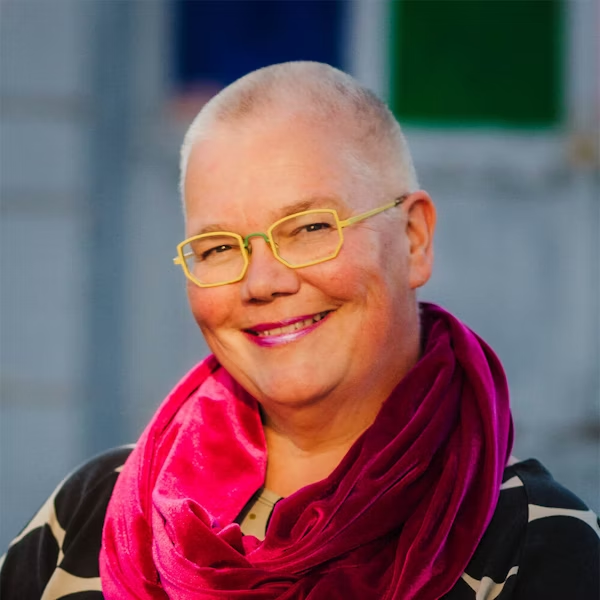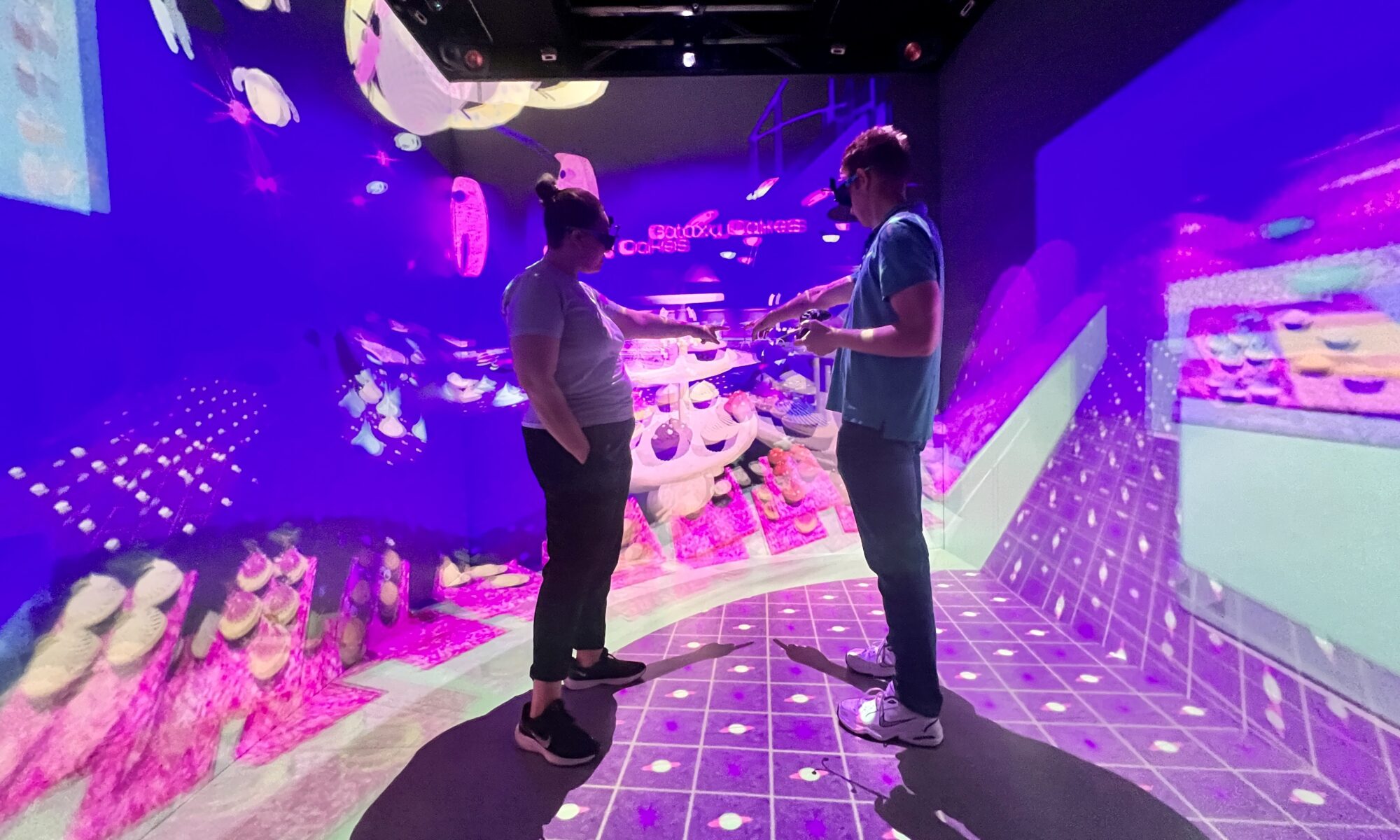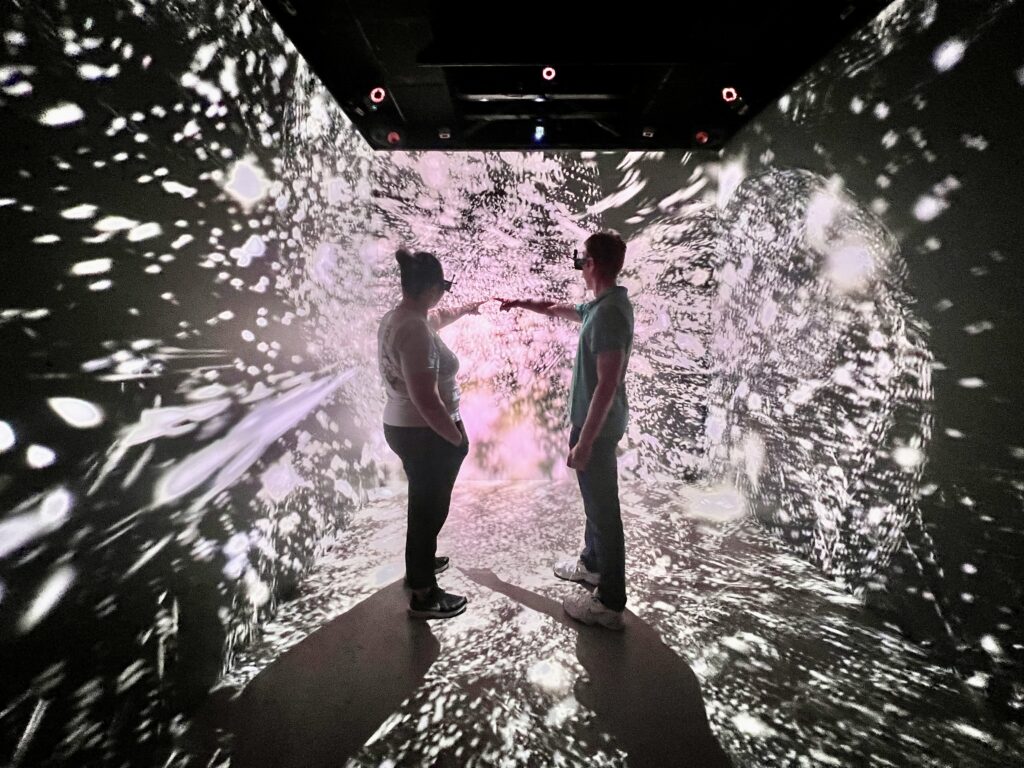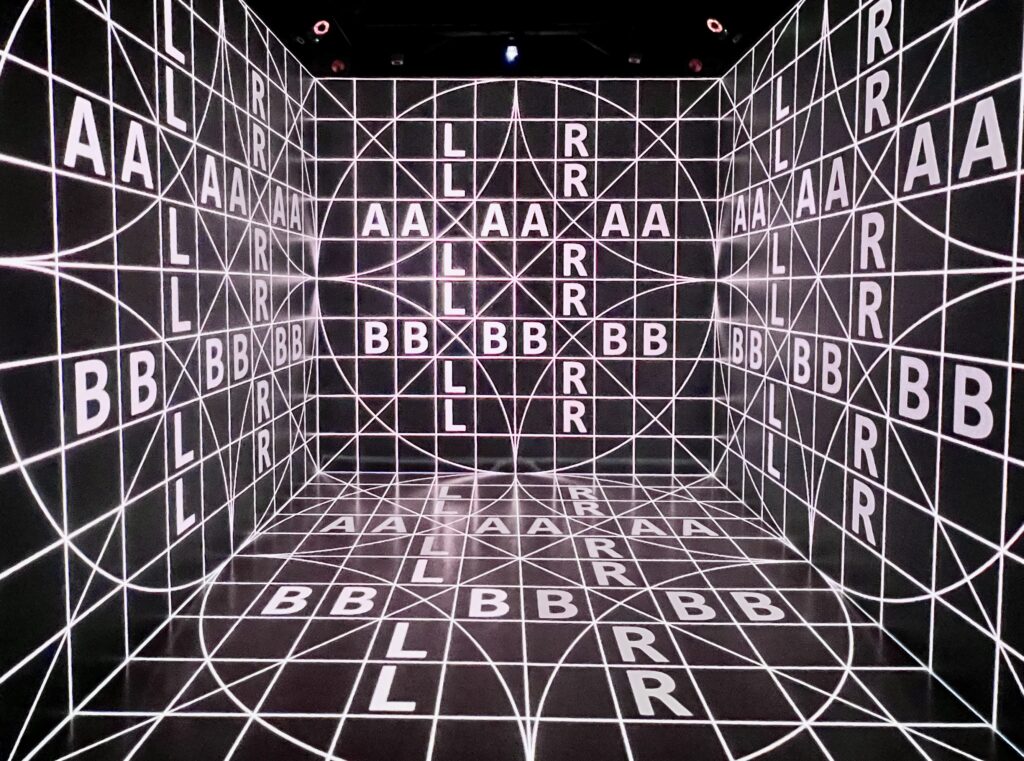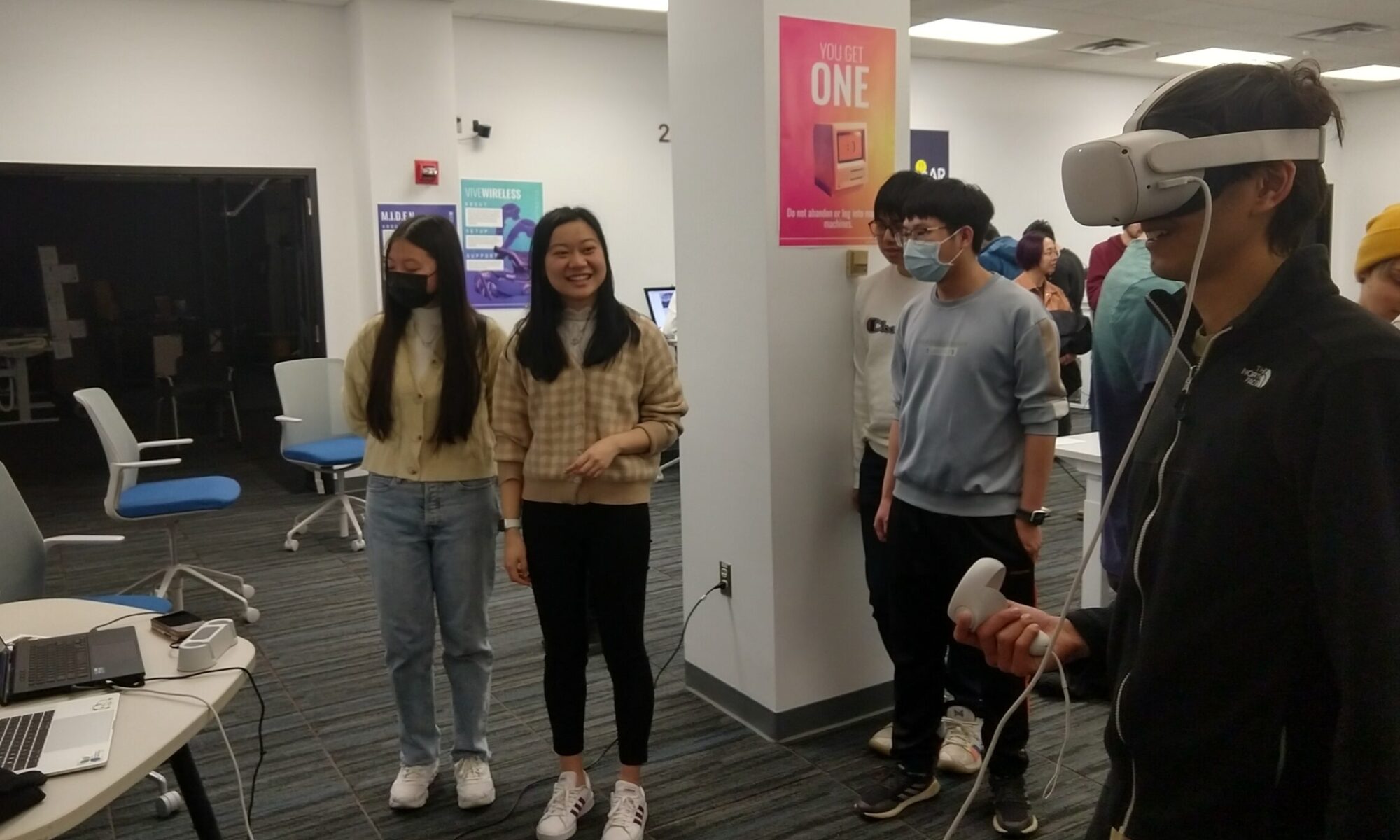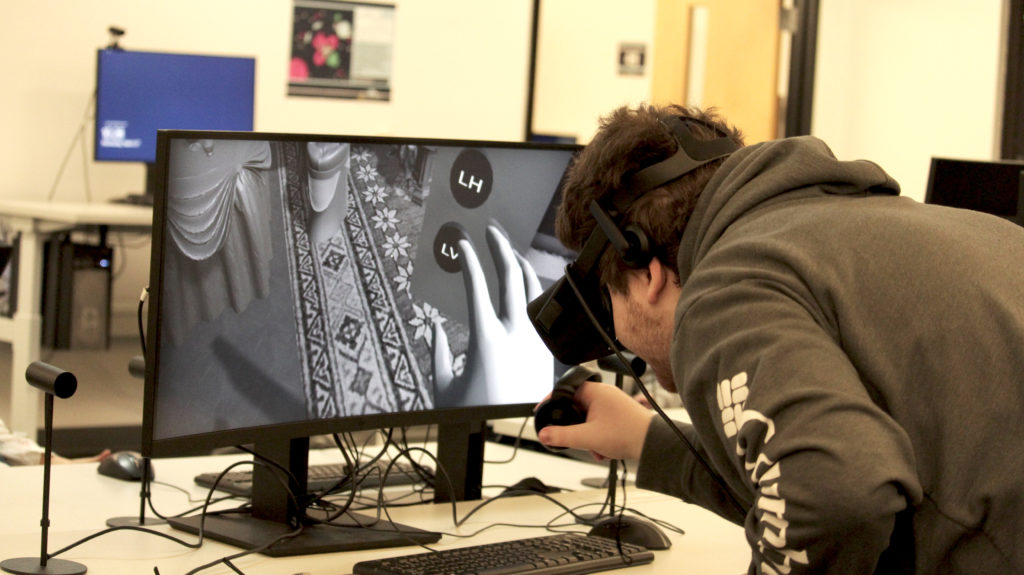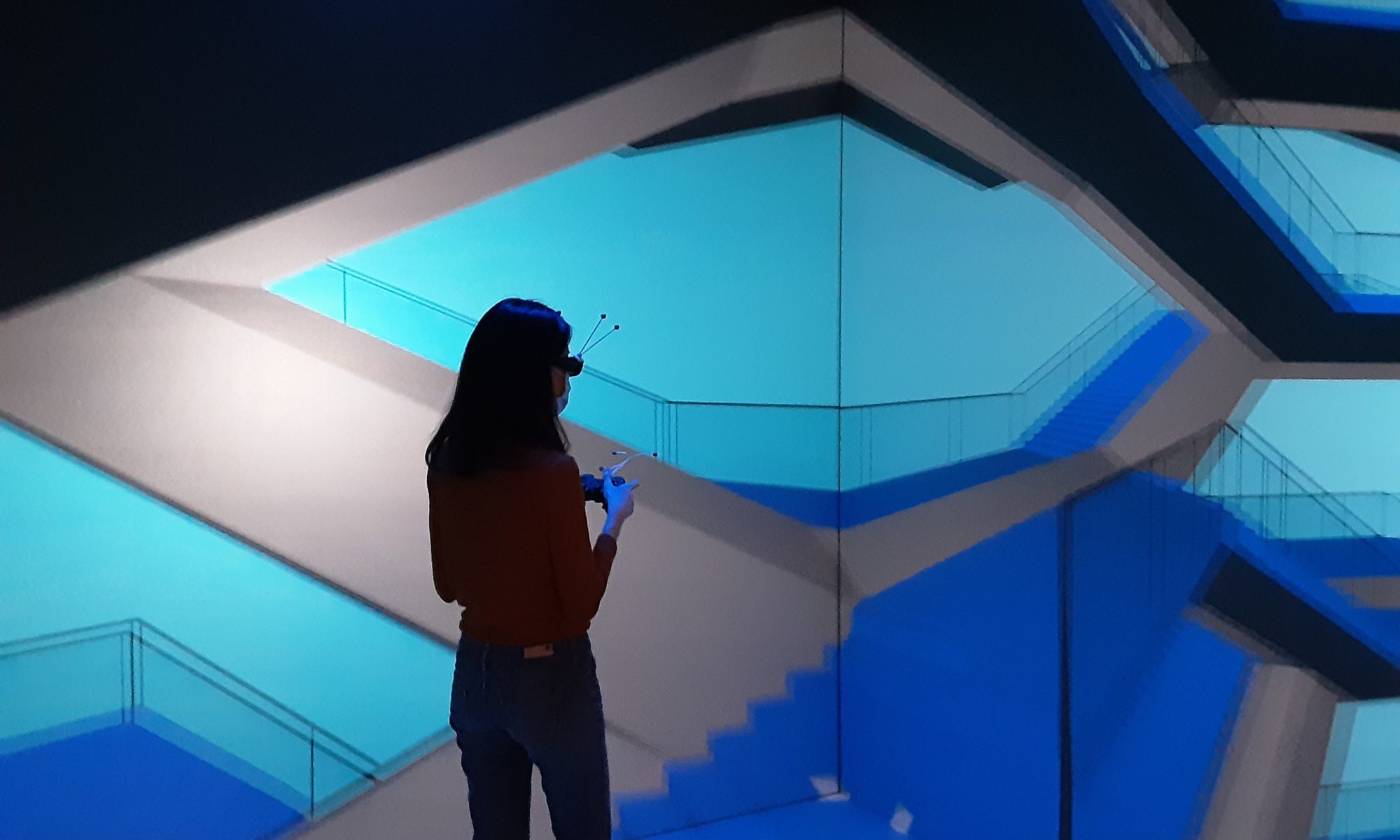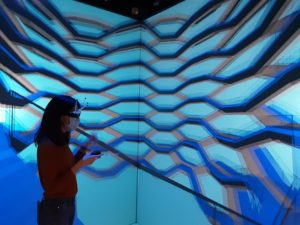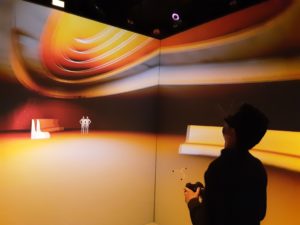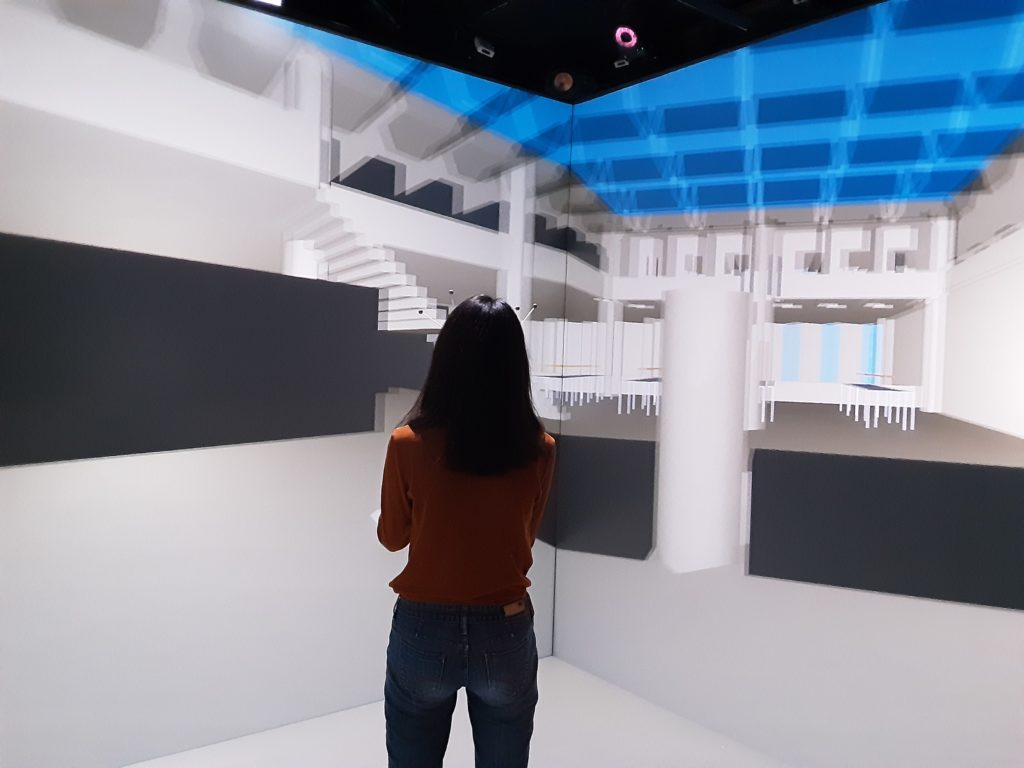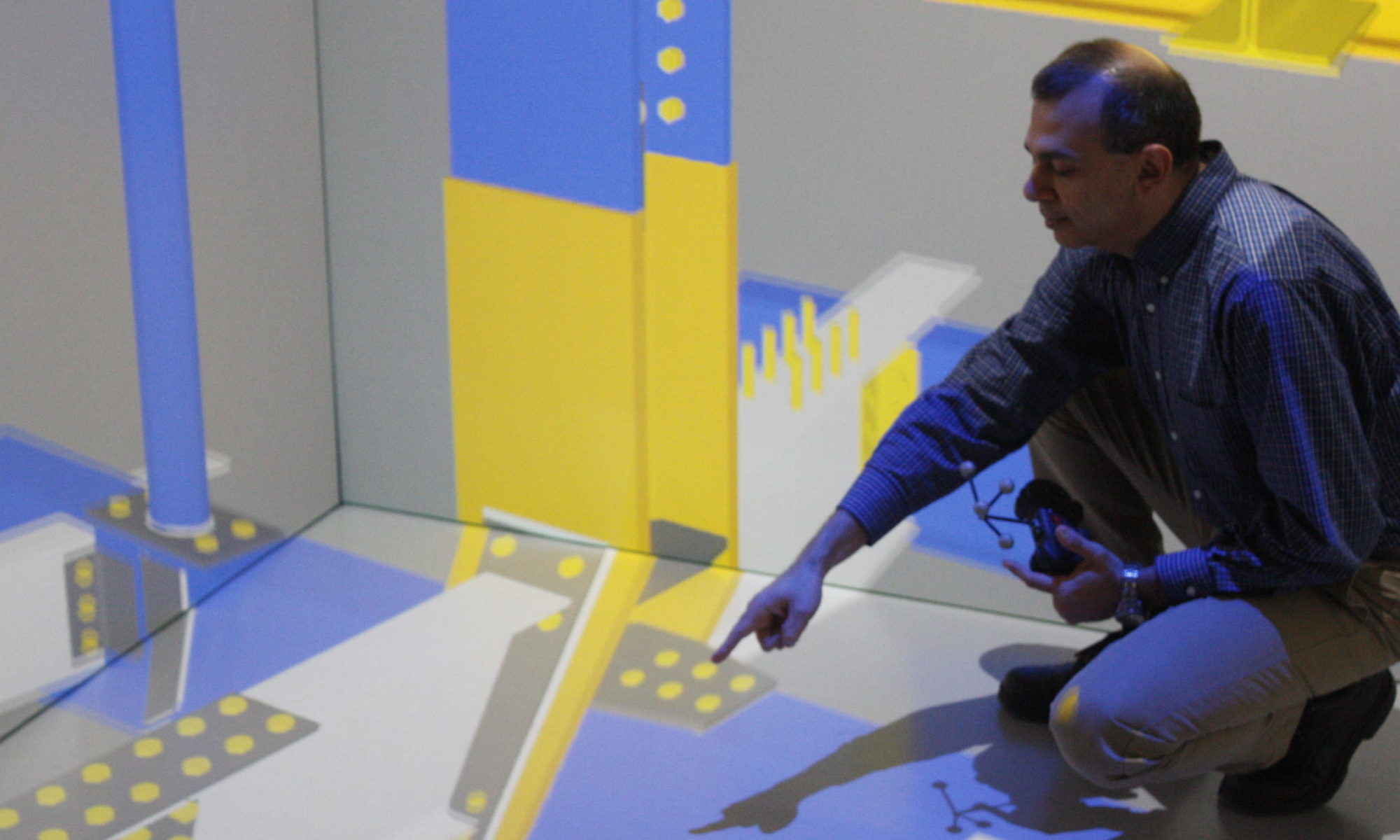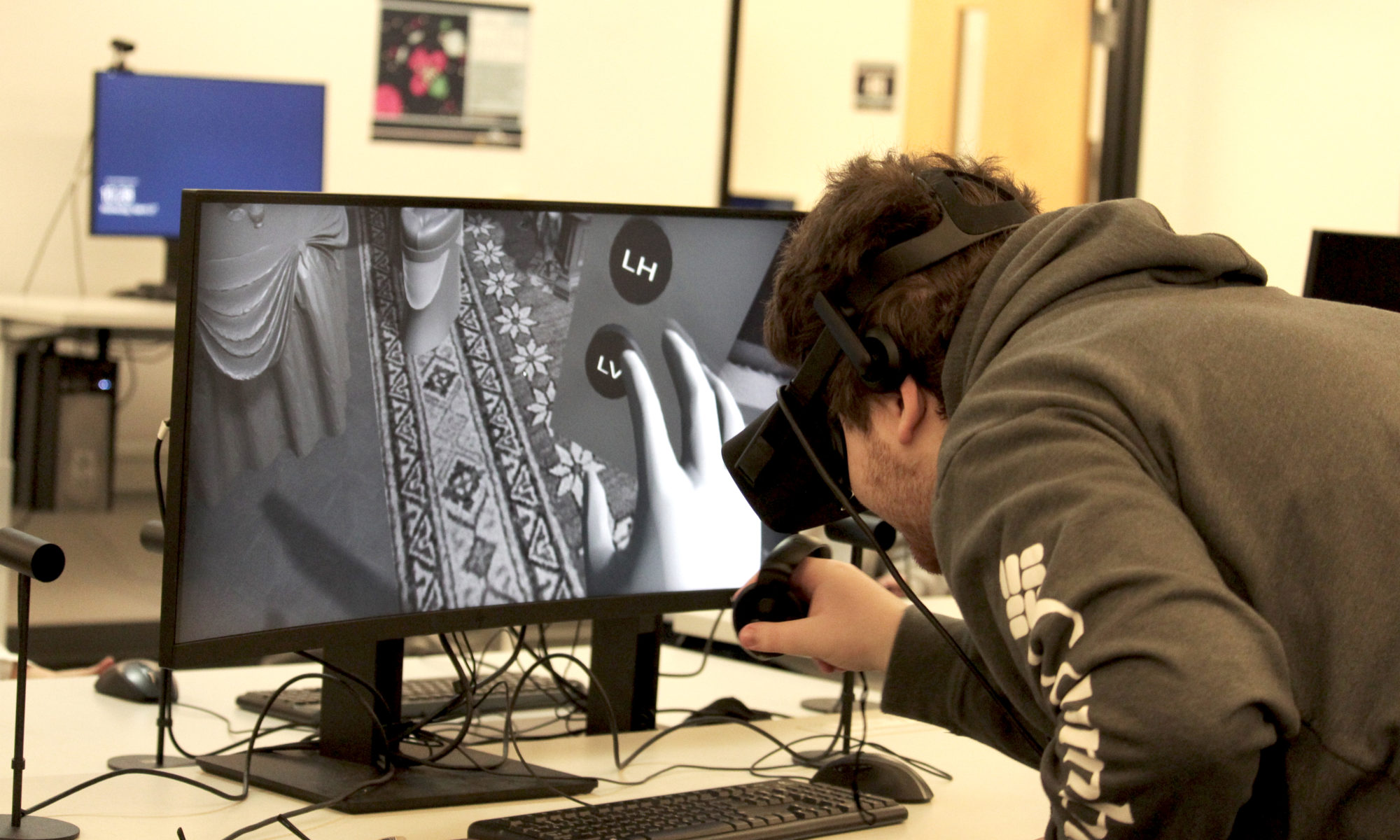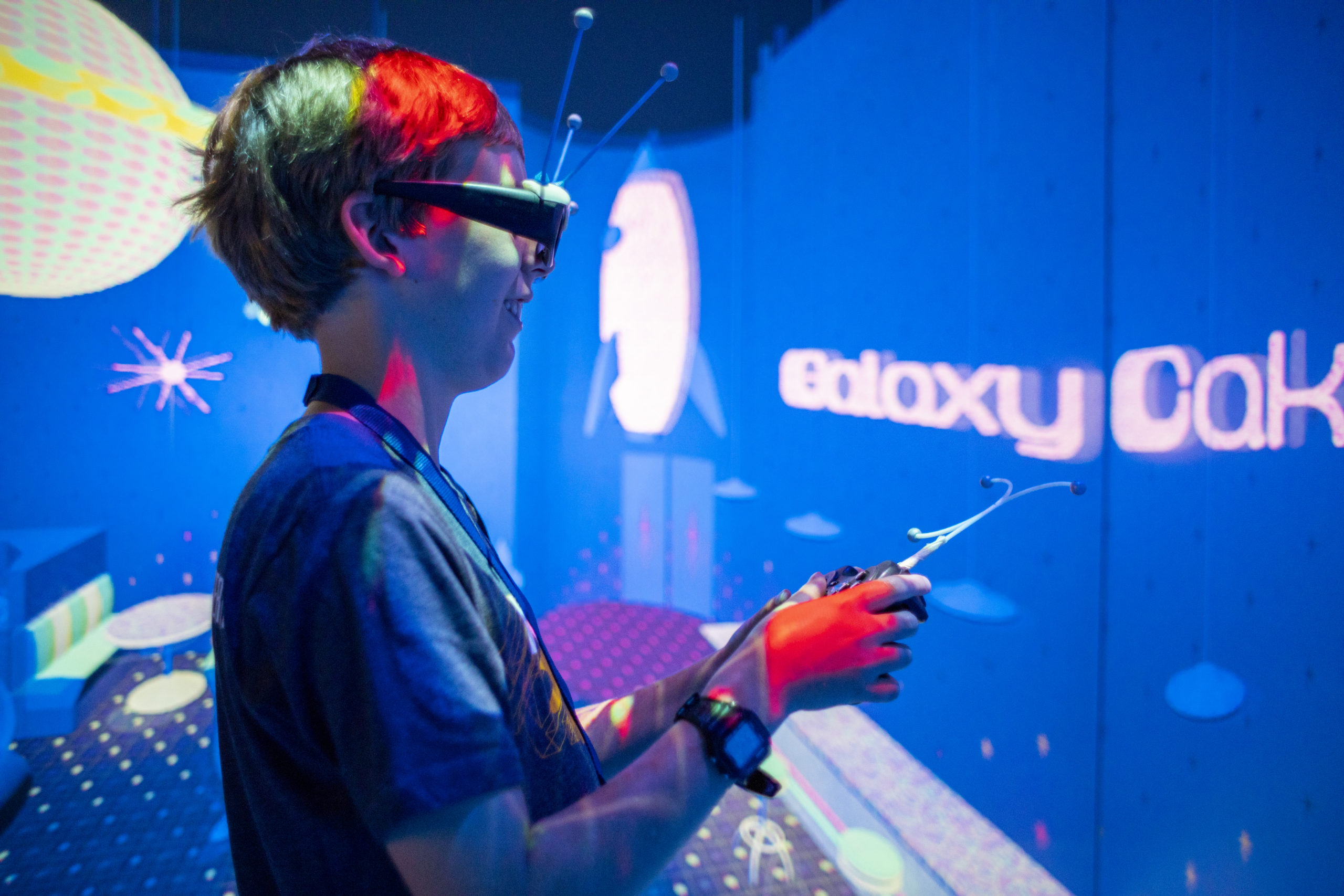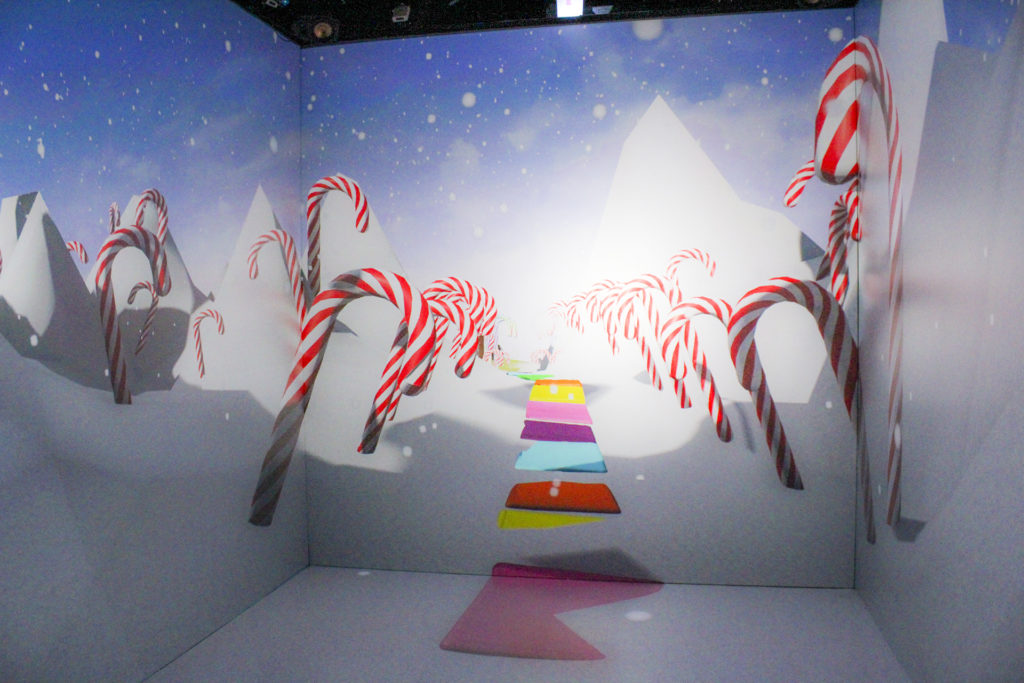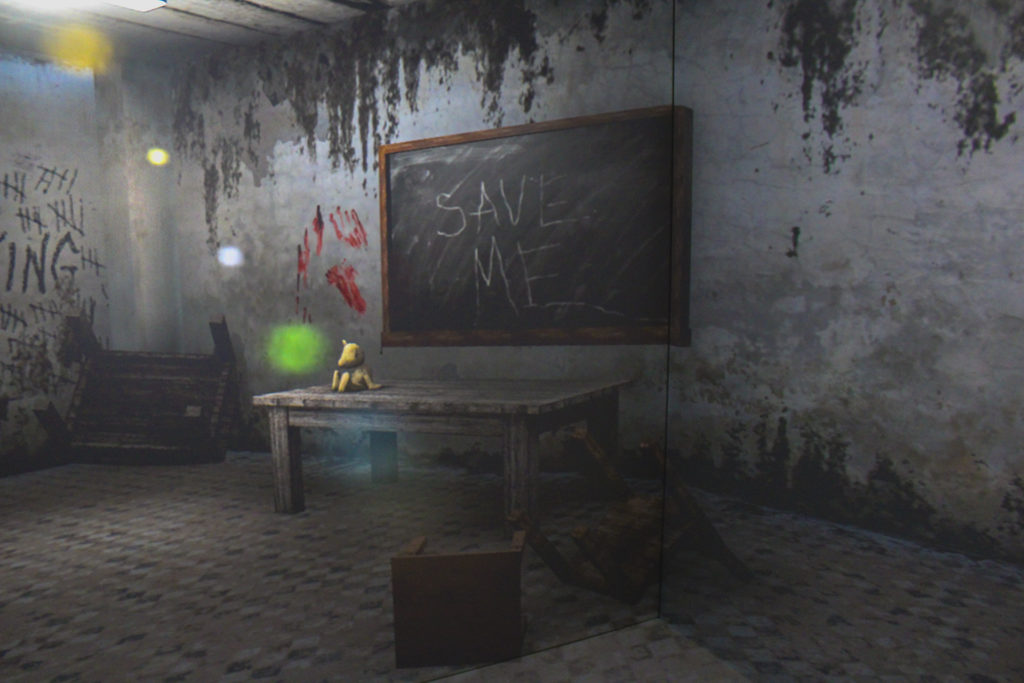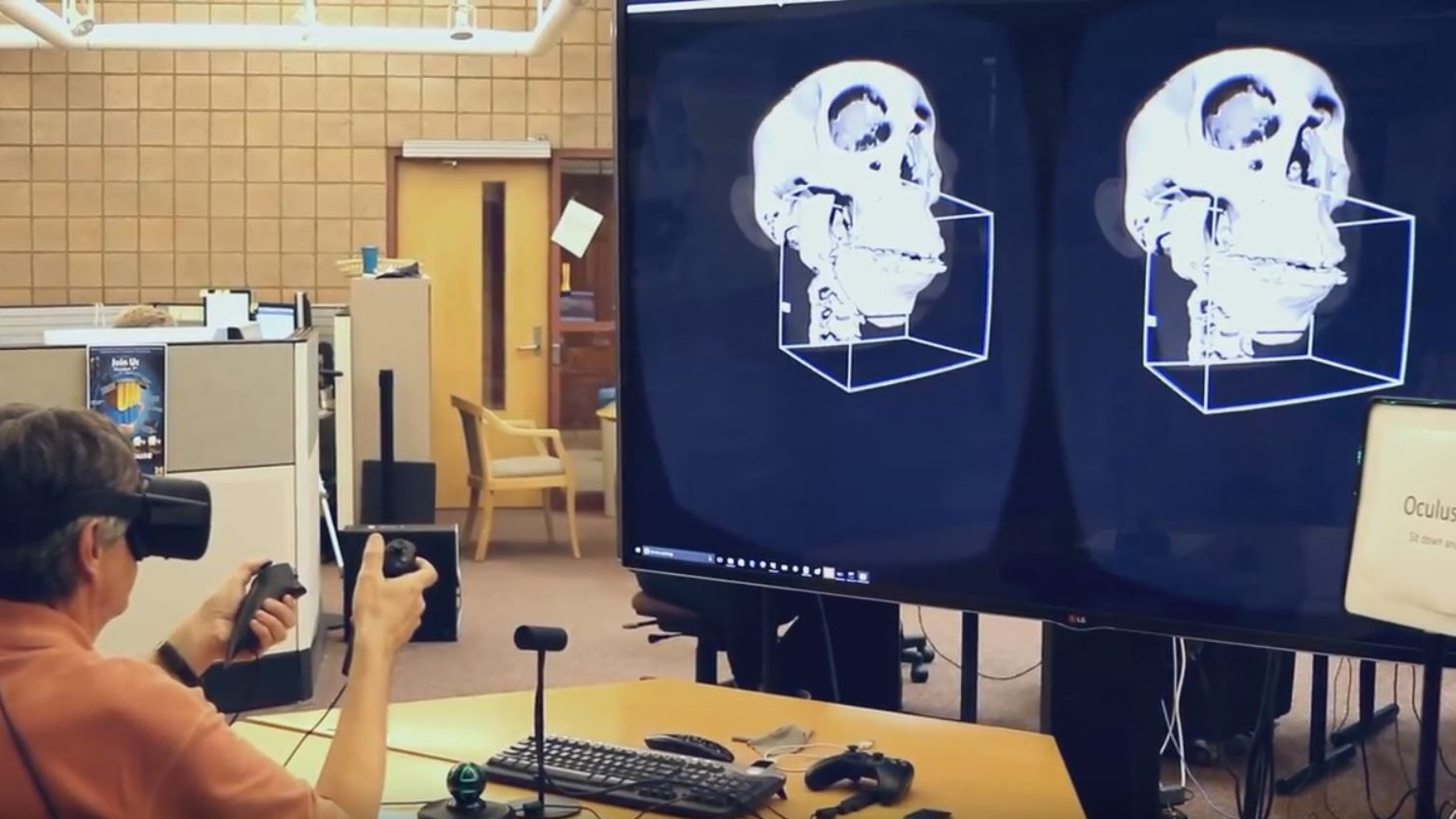The Enhancing Engineering Education Grants Program is designed to support innovative strategies for engaging and supporting all learners in Michigan Engineering undergraduate courses. This program springs from a collaboration among ADUE, ADGPE, CAEN, CRLT-Engin, and Nexus. Proposals will be invited across the range of innovations in engineering education, including instructional practices, course design and content, and instructional technology.
As part of the initial Enhancing Education using Technology (EET) proposal to the College to support the instructional needs of faculty, grants were offered to support the implementation of innovative ideas that instructors needed money to accomplish. The first year of the grants program was FY23 and all grant money was awarded to faculty. It included three major grants of $50K each on the topics of XR, DEI, and Tandem. Additional smaller grants were also awarded to faculty. At the completion of this first year, the team used the past year’s knowledge to propose improvements and changes to the program.
For AY 2024-2025, there are three grants available to support instructional faculty members:
Education Innovation Grants
Grants of up to $10K are available to COE faculty & staff
About the Grant
Grants of up to $10K are available to individual or small groups of Michigan Engineering instructional faculty and staff members seeking to implement innovative teaching methods and/or tools.
Group 2 applications are now being accepted. This call for proposals is open to all eligible applicants and does not necessitate a previous Group 1 proposal or submission.
Proposal Evaluation Criteria
- Applies a novel method or tool to achieve objectives
- Reflects innovation in teaching methods or approaches
- For online courses they utilize the Quality Matters framework and work with Nexus to do so.
- Involves partnering with Nexus or CRLT-E to co-teach a new faculty development workshop
- Builds upon evidence-based best practices for enhancing student learning
- Promotes equitable instruction for all learners
- Implements practices or tools that have the potential for great impact (either large impact on a small population, or be something that could be applied to a larger population at Michigan Engineering)
- Other funding opportunities do not exist for this type of work
- Achieves synergy with goals, strengths, and ongoing work of the College of Engineering, especially as it relates to Michigan Engineering’s Strategic Vision
Group 2 applications close Wednesday, May 1, 2024
Project Statement:
- Clearly describe the proposed project
- Explain the value of the project
- Identify the specific innovation and its relation to evidence-based practices
- Explain how the project supports equitable instruction and enhanced student learning
- Discuss the project’s potential for application in broader contexts
Project Evaluation Plan:
Explain how the success of this project will be evaluated, documented, and disseminated. Approaches might include midterm course assessments, focus groups, and surveys, among others.
Budget Request:
- Graduate or undergraduate student salaries
- Materials and supplies
- Project evaluation expenses
- Travel and registration fees for teaching-related conferences, seminars or workshops
- Faculty member summer salary (up to $2K of the project’s total budget)
Timeline:
Submissions will be accepted until Wednesday, May 1, 2024 with funding decisions announced late May.
Strategic Technology Grants
COE Projects Focussed on XR, online/hybrid learning and/or generative artificial intelligence
About the Grant
Grants of up to $50,000 are available to teams of at least three Michigan Engineering instructional faculty and staff members to implement innovative teaching methods and/or tools that require an investment of time/resources and collaboration for deployment that is larger than what is available via Education Innovation Grants. Projects should focus on strategic themes of XR, online/hybrid learning and/or generative artificial intelligence.
Proposal Evaluation Criteria
- Applies a novel method, modality or tool to achieve objectives
- Reflects innovation in teaching methods or approaches
- Builds upon evidence-based best practices for enhancing student learning
- Promotes equitable instruction for all learners
- If online, leverages the Quality Matters rubric and best practices with online course design and development
- Implements practices or tools that have the potential for great impact (either large impact on a small population, or be something that could be applied to a larger population at Michigan Engineering)
- Achieves synergy with goals, strengths, and ongoing work of ADUE, ADGPR, CAEN, CRLT-Engin, Nexus, and/or the broader College of Engineering, especially as it relates to Michigan Engineering’s Strategic Vision
Applications closed March 4, 2024
Identify your proposal’s strategic theme:
- Online/hybrid learning
- Generative artificial intelligence
- XR
Project Statement:
- Clearly describe the proposed project
- Explain the value of the project
- Identify the specific innovation and its relation to evidence-based practices
- Explain how the project supports equitable instruction and enhanced student learning
- If online, describe how the course design and development effort will leverage the Quality Matters rubric
- Discuss the project’s potential for great impact
- Describe your goals for collaboration with at least one E3 grant sponsor (ADUE, ADGPE, CAEN, CRLT-Engin, and/or Nexus)
Project Evaluation Plan:
Explain how the success of this project will be evaluated, documented, and disseminated.
Budget Request:
- Graduate or undergraduate student salaries
- Instructional software and classroom technology
- Materials and supplies
- Project evaluation expenses
- Travel and registration fees for teaching-related conferences, seminars or workshops
- Faculty member summer salary (up to $2K of the project’s total budget)
Team Roster:
Provide a list of all team members, with descriptions of their respective roles and very brief bios.
Timeline:
Submissions are due on Monday, March 4, 2024 with funding decisions announced in April.
Software Pilot Grants
GRANT FUNDING UP TO $10K for COE Faculty & STAFF SEEKING TO PILOT INSTRUCTIONAL SOFTWARE
About the Grant
Grants of up to $10K are available to instructional faculty and staff members seeking to pilot innovative and results-oriented instructional software that has the potential to improve teaching and learning in Michigan Engineering. Proposals may be submitted by individuals requesting software for a specific class or a team of faculty members requesting software for a group of classes.
In the spirit of innovation, all ideas are welcome. Proposals that call for the use of collaborative teaching and learning strategies are encouraged. Priority will be given to projects that, if proven successful, can be replicated throughout the College.
Please note that there are many routes for procuring software licenses at the University of Michigan. We encourage you to reach out to our team at e3grants.engin@umich.edu to help determine if this grant program is appropriate for your request before submitting a proposal.
REQUIRED DELIVERABLES
- Presentation of a case study of your application of the software and how it impacted your students’ learning objectives to the Michigan Engineering faculty community
- Engagement with CAEN on evaluation of software for possible college adoption
- Acting as a faculty advocate for this software and sharing how you are using it in your class
Applications for Fall 2024 close April 1, 2024
Course Information:
Logistical course details including frequency the course is taught, enrollment summary, etc.
Learning Gaps:
Describe the learning gap(s) you have identified in your lesson/module/unit/course.
Teaching Intervention (Pedagogical Support):
Explain the teaching and technology intervention(s) that will close the stated learning gaps. Identify the evidence-based practices that support the efficacy of the proposed software solution.
Comparative Tool Evaluation:
- Identify 3-4 comparable software tools (including your proposed tool) that could fill the established learning gaps.
- List the criteria you will use to evaluate the 3-4 comparable tools to inform your decision making.
Project Evaluation Plan:
- Explain how the success of this software will be evaluated, documented, and disseminated -approaches might include midterm course assessments, focus groups, and surveys, among others.
- Explain how you will evaluate if this software met the needs of you and your students. How will you identify if it has improved the educational experience?
Budget Request:
Provide the number of licenses, estimated cost per license, and estimated total cost for this software.
Timeline:
To use the software for instruction in the Fall 2024 term, proposals must be submitted by April 1, 2024.
